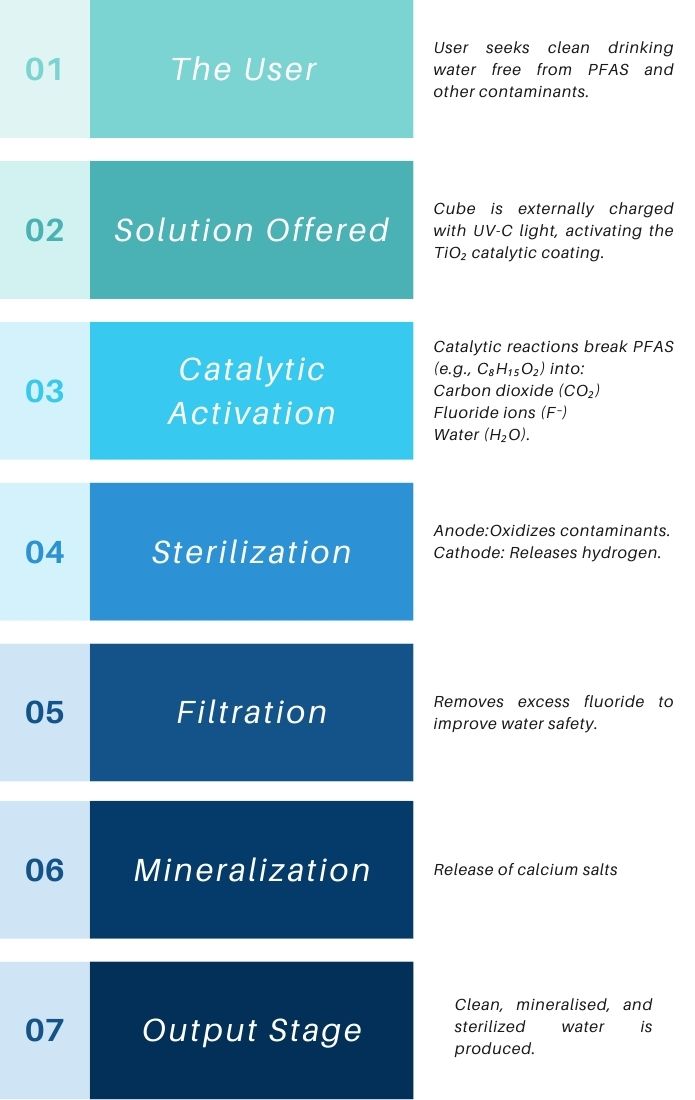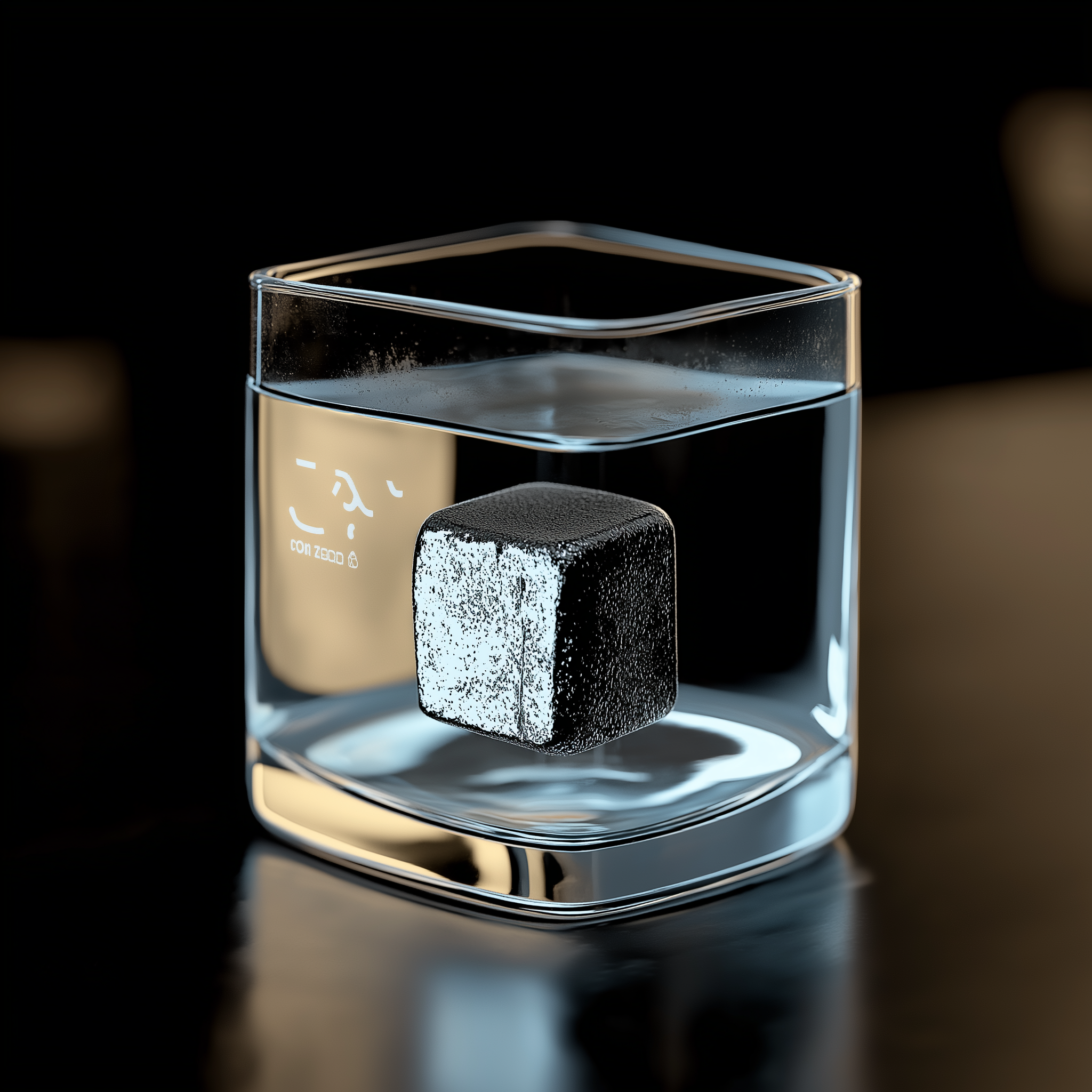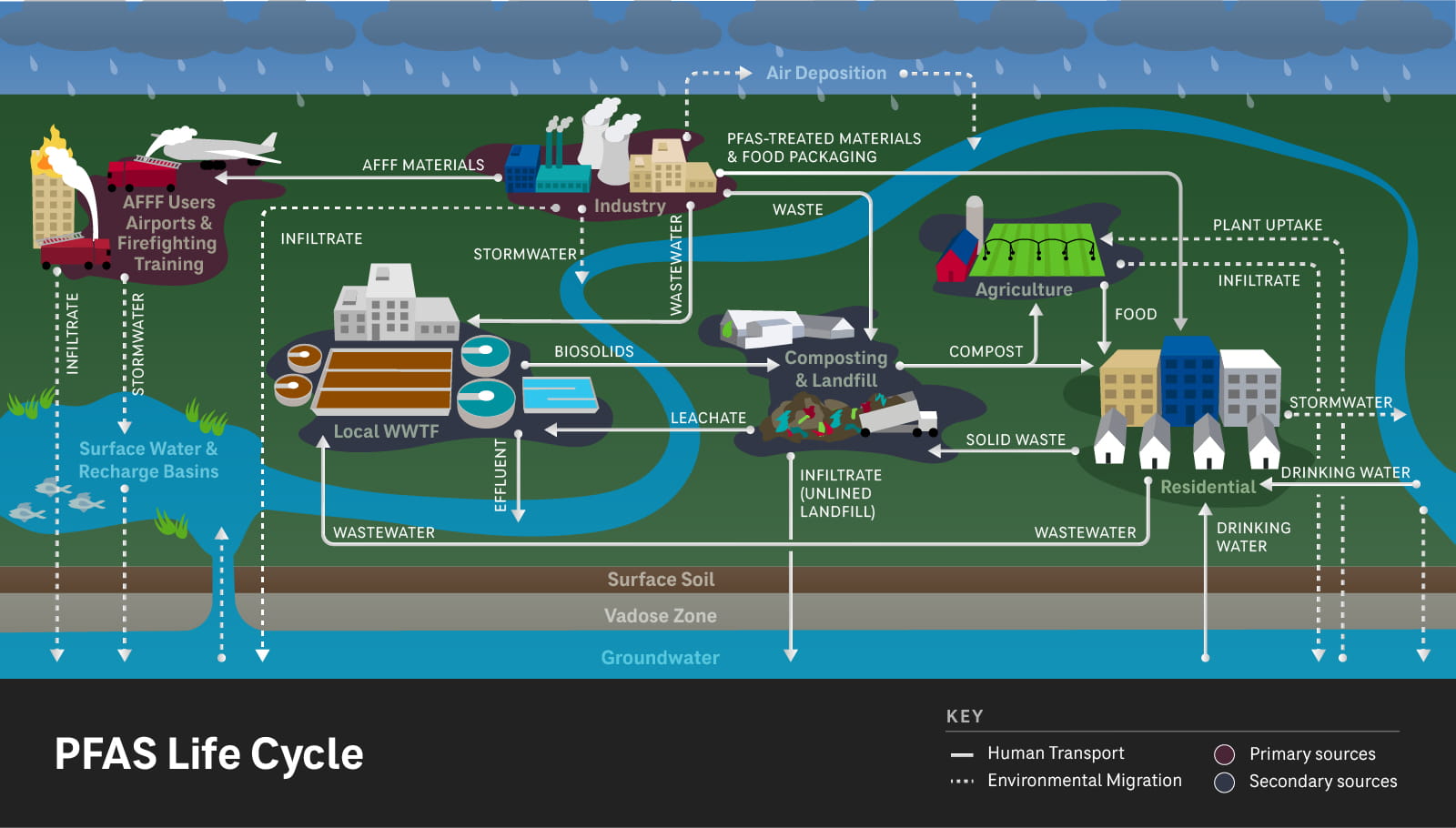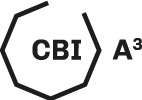1. Evaluation and Selection of Problem Space
We considered various problem sources and opportunities aligned with SDG 6 and SDG 14, focusing on issues such as ocean acidification and its impact on aquatic life, overfishing and its cascading effects on the food pyramid, contamination of clean water due to construction and mining residues, the invasive effects of ballast water, and the presence of harmful synthetic chemicals like PFAS and TCE in drinking water. Other concerns included water distribution challenges in agriculture, coral reef degradation from global warming, underutilisation of tidal power, and opportunities to reuse rigs as artificial reefs for sustainability.
Given this extensive problem space, we employed methods like SWOT analysis and scenario reversal to refine our focus on topics with the greatest potential for meaningful intervention. After thorough evaluation, we narrowed down the scope to coral reefs, PFAS, ballast water, and mining residue impacts.


2. Activities Undertaken for Decision-Making
To decide on a focus area, we used tools like a spider-web chart to analyse the potential of each field in terms of future impact, sustainability, deep tech, radical innovation, and human-centric solutions. Through desk research and team discussions, we voted and deliberated on the pros and cons of each option. For instance, addressing coral reef degradation posed a challenge since Victoria lacks coral ecosystems, while tackling mining impacts raised ethical complexities.
3. Final Decision
After evaluating our findings, we selected two critical problem spaces: PFAS contamination in drinking water and ballast water management. These aligned well with our research objectives and presented opportunities for futuristic, sustainable, deep-tech, and human-centric interventions.

4. Additional Research
For PFAS, we studied its chemical structure, why it’s known as a “forever chemical,” and its concerningly high permissible levels in Victoria compared to other countries. Existing solutions, such as reverse osmosis, were explored, but these were found to be energy-intensive and expensive, making them less accessible. We also learned that current solutions separate PFAS rather than eradicating it, leaving it in the system cycle. With PFAS being pervasive in products like non-stick cookware, moisturisers, firefighting foams, and more, it has become deeply ingrained in both human and environmental systems. Immediate interventions are required at both industrial and domestic levels.

5. Change in the Future of the Problem Space
Looking toward 2050, we envisioned a potential scenario called “Extinction Express,” inspired by Arup’s projections. This scenario reflects a future where human negligence toward health and environmental issues leads to catastrophic outcomes. In this context, PFAS could become fully integrated into ecosystems, causing severe health crises and irreversible aquatic life damage. Our focus is to design sustainable, radical, and human-centric solutions that utilise deep tech to mitigate PFAS impacts and eventually eradicate it from the cycle.

6. Trends and Possible Impacts on the Problem Space
Healthcare industries might shift their focus toward treating PFAS-related illnesses rather than preventing exposure entirely, leading to inequities where wealthier groups can afford treatment while poorer or indigenous communities bear the brunt of health issues. Furthermore, with aquatic life devastated, sectors dependent on marine food sources could collapse, creating food supply burdens elsewhere.

7. Project Direction
Our project explores existing PFAS solutions and benchmarks their effectiveness, with a focus on developing interventions that are accessible and affordable for all. Industrial solutions aim to purify large-scale water supplies using innovative methods such as solar-powered systems that break down PFAS, or vaporisation techniques to separate PFAS based on its higher boiling point.
For domestic applications, we conceptualised solutions like:
- A superconducting magnet attached to water pipes to attract and collect PFAS.
- The Purity Cube, a small device capable of breaking down PFAS into harmless byproducts. The cube collects PFAS during water use and can be discharged when placed in a tray. This design is inspired by reusable steel ice cubes for ease of use in households.




8. Preliminary Direction and Deep-Tech Scope
Our current focus is on developing the Purity Cube, although significant technical and practical aspects need further exploration to ensure efficiency and ease of maintenance. Simultaneously, we are refining industrial solutions for larger-scale purification processes.
9. Feedback Received
Post-presentation, feedback highlighted several areas for deeper exploration, including:
- Existing PFAS regulations in Victoria.
- Chemical reactions and byproducts from proposed purification methods.
- Timeframes required for effective purification.
- Integration of water treatment plants into the solution space.
- Addressing ethical concerns, such as why individuals should bear costs for a problem they didn’t cause.
10. Next Steps
We plan to map out a system for primary research, enhance our secondary research, and develop a comprehensive narrative for a plausible 2050 scenario. This narrative will guide contextual responses to the problem and solution spaces, ensuring our approach is both innovative and practical.


Recent Comments